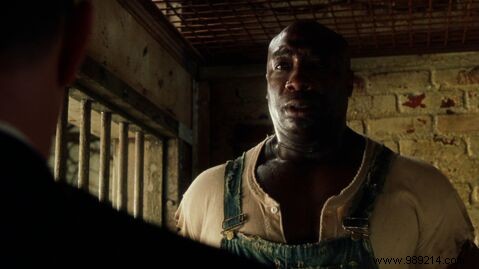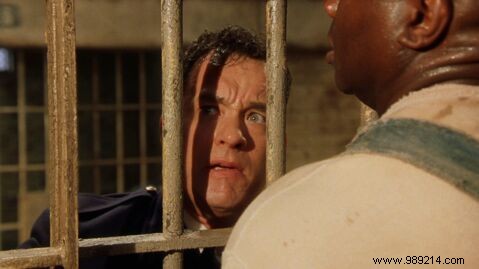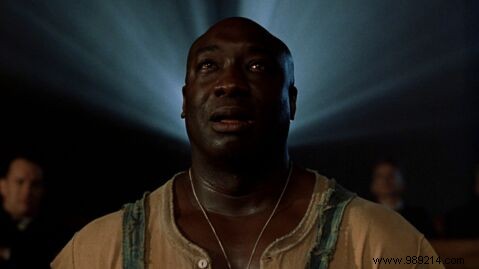If there is a film where the outcome necessarily brings its dose of tears, it is indeed the Green Line (1999). But did you know that the mythical character of John Coffey, central character of the work, actually hid a much higher symbolism.
Nothing is more enjoyable than watching a good classic. Gladiator, Jurassic Park, Matrix … Timeless references which have not aged a bit and which are shared with the family. But if there is a memorable film that we love to watch but whose end always leaves us speechless, it is surely The Green Line , by Frank Darabont, who also created The Walking Dead . This dramatico-fantastic work is an eponymous adaptation of Stephen King's novel recounting the journey of the prisoner John Coffey .
The latter, innocent of a horrible crime that he is accused of having committed, will use his supernatural powers to move the viewer. But behind this gentle colossus, an even stronger symbolism seems to emerge and we understand that it is not just a vision blaming the death penalty and showing the racism of that time.
If you've watched The Green Line at least once with Tom Hanks, your heart must have sank the moment John Coffey (Michael Clarke Duncan), a large black prisoner in 1930s United States, where racism is trivialized, is unjustly executed . It is a horrible feeling for the spectator who had simply fallen under the gentle charm of this benevolent colossus, innocent of the infanticides for which he is accused.

But who is John Coffey ? Where is he from ? Why does he have his supernatural powers? And above all, why does he allow himself to be killed, when everyone does not know he is responsible? Questions that still intrigue more than twenty years after the film's release in cinemas and that even John asked himself during his famous scene:"... tired of never having a friend to talk to, to tell me where we're going, where we're from and why? "
Quickly in the film, the spectator becomes aware of the divine character of John . He simply performs miracles:raising a dead mouse, removing a woman's brain tumor, curing a guardian's urinary tract infection . He then releases these evils in the form of black gnats. The colossus, accused of a crime he did not commit, is condemned to the death penalty in front of people who hate him but who do not know the truth. A strong feeling of injustice then seizes the viewer.

His relatives are deeply touched by his disappearance and accompany him until his death. It obviously seems that the character is inspired by Jesus Christ and his life in the Bible as the YouTube channel Chronik Fiktion summed up beautifully in one of its videos. It is no coincidence that John Coffey and the son of God have the same initials. There are also many shots in the film showing the unfortunate prisoner with biblical halos or surrounded by guards, like Jesus with his apostles.
